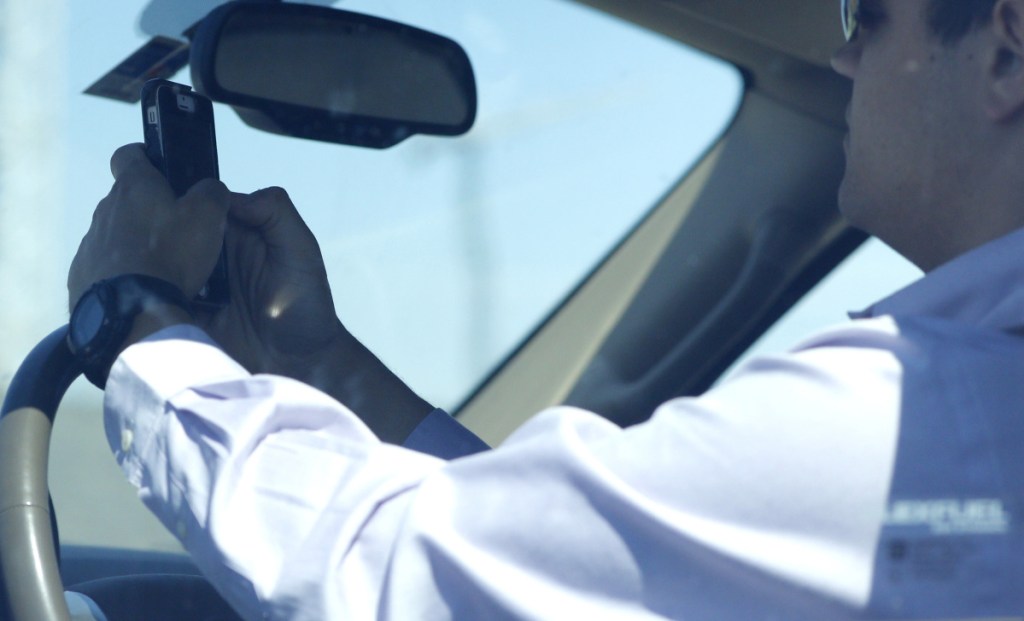The victims include a 23-year-old highway construction worker in Washington state, a 13-year-old Michigan boy riding in his older sister’s car and a Minnesota school bus driver picking up the morning newspaper in front of his home.
All were killed in recent years by distracted drivers who had been texting or otherwise looking at their phones. Yet none of the drivers responsible for those deaths has been ordered to spend more than a few days in jail.
Although there are no national statistics on the results of prosecutions brought against distracted drivers who kill or severely injure people, light punishment appears to be the norm.
A review by FairWarning of prosecutions of distracted drivers – cases gleaned from news reports over the past five years that together involved more than 100 deaths – determined that few were jailed for more than two months, or fined more than $1,000.
Safety advocates and researchers say tougher penalties alone aren’t likely to get drivers to put down their phones.
But as with drunken driving a generation ago, they say, stiffer penalties could reduce the reckless behavior, if the tougher punishment is combined with education programs, peer pressure and technology to disable motorists’ wireless devices while they are driving.
Nearly one-third of drivers ages 18 to 64 read or send text or email messages while at the wheel, according to the U.S. Centers for Disease Control and Prevention.
Distracted driving causes almost 3,500 deaths and 400,000 injuries a year, the National Highway Traffic Safety Administration says.
In 2015, the agency estimated that nearly 500 deaths involved the use of cellphones, but experts believe the real number is much higher because the federal database relies on often incomplete information in police reports.
Other distractions – such as eating while driving, for example – also figure in some of the crashes.
“This is so prevalent and so very dangerous,” said Amy J. Freedheim, a prosecutor in King County, Washington. “We’ve got to address it. We can’t afford not to. All it takes is just a moment of drift and you’ve altered your life and you’ve ended somebody else’s life.”
The National Highway Traffic Safety Administration last May published a guide outlining the best methods to win convictions.
It was prepared by a team of eight prosecutors, including Freedheim, with police officers and traffic safety specialists from across the United States.
“Sending or reading a text message can take the driver’s eyes off the road for an average of 4.6 seconds,” the publication says. “At 55 miles per hour, the vehicle will travel the length of a football field without any visual guidance.”
The NHTSA guide advises police to demand electronic records from wireless providers, who typically won’t release them without subpoenas, and get statements from witnesses and the suspect driver.
“The early interview may reduce the opportunity to fabricate or conspire with others,” the manual says.
Yet no matter how thorough the criminal investigation, experts say, distracted driving is far more difficult to prosecute than drunken driving – and not just because it is more difficult to prove that a motorist was texting at the moment of a crash than to demonstrate, with the black-and-white results of a field sobriety test and Breathalyzer or blood test, that a driver was intoxicated. Only in the rare case of an eyewitness report or admission by a motorist will police know that a cellphone was involved.
Send questions/comments to the editors.


